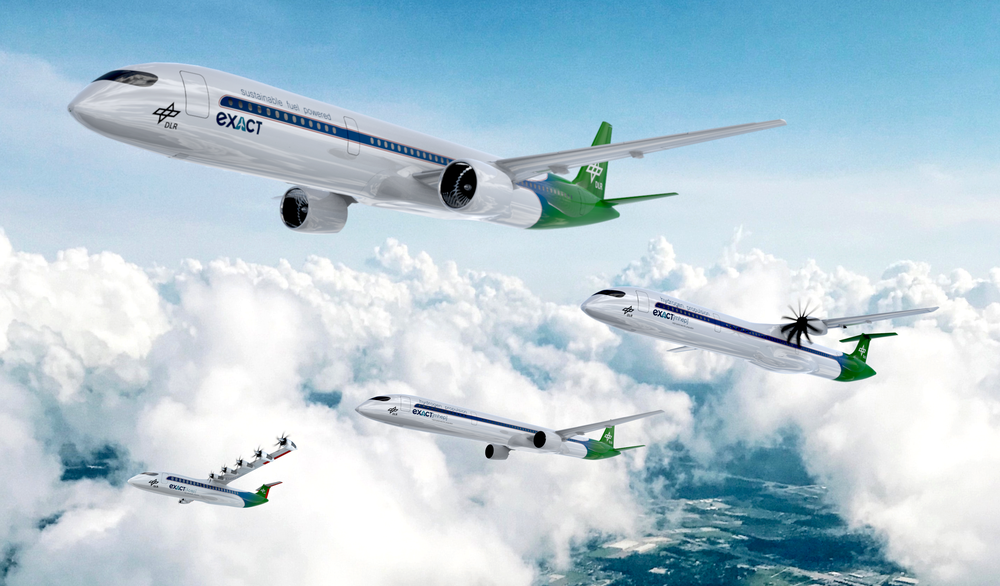Auf dem Weg zur einer klimaverträglichen Luftfahrt | Executive Summary
(German only)


The German Aerospace Center (Deutsches Zentrum für Luft- und Raumfahrt; DLR) has completed its aviation strategy for low-carbon flying. The strategy sets out proposed solutions for reducing the impact of aviation on the climate in line with the objectives of the EU Green Deal. It takes both carbon and non-carbon effects into account. Avoiding non-carbon emissions offers immense potential for reducing the climate impact of flying comparatively quickly, especially by implementing appropriate flight routes. DLR's Aviation Strategy outlines the path towards achieving climate-neutral flying by the middle of the century. To that end, DLR is conducting research across the entire spectrum, together with the aviation industry and research institutions in Germany and abroad – from aircraft concepts and components to low-emission propulsion solutions using sustainable energy sources, all the way through to climate-optimised flight routes and regulatory measures.
"Around half of the climate impact of aviation can be traced back to non-carbon effects," says Markus Fischer, DLR Divisional Board Member for Aeronautics. "Contrails and the resulting contrail cirrus clouds are the dominant factor here. Climate-optimised flight routes are a promising way of reducing non-carbon effects, which is why we need to demonstrate the commercial feasibility and effectiveness of such flight routes over the coming years. We also need increasing automation and standardisation in aircraft, air traffic management and flight guidance, together with a robust policy framework for new processes."
The path to climate-friendly aviation requires considerable research and development. DLR's Aviation Strategy sets out the overarching challenges that need to be overcome in the field of development, including cutting the energy requirements of future aircraft by at least half by 2050. This will require technology capable of reducing aerodynamic drag and overall weight, together with innovative system architectures. In addition to new aircraft configurations, there is a need for a smart mix of low-emission propulsion concepts and sustainable energy sources. In future, small and regional aircraft will be able to take off using battery or hybrid-electric systems, while short-haul aircraft will be powered with hydrogen, and sustainable fuels will be used in conjunction with highly efficient aircraft gas turbines for medium- to long-haul flights.
The development, qualification and certification of aircraft will increasingly rely on simulation-based procedures, doubling the speed of innovation, reducing risk in development and allowing new technologies to be brought to market more quickly.
Through its 54 research institutes, DLR has all the expertise and resources required to develop and evaluate the entire air transport system together with its partners. In particular, the interdisciplinary cooperation between the key areas of aeronautics, space, energy and transport is unrivalled in Europe and a prerequisite for shaping the climate-friendly aviation of the future.
